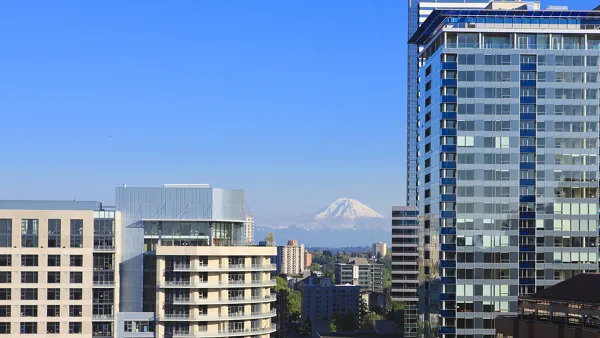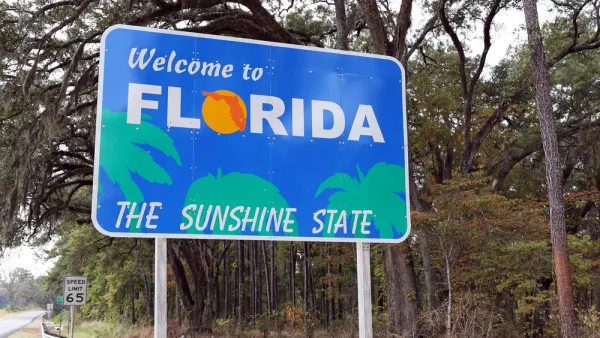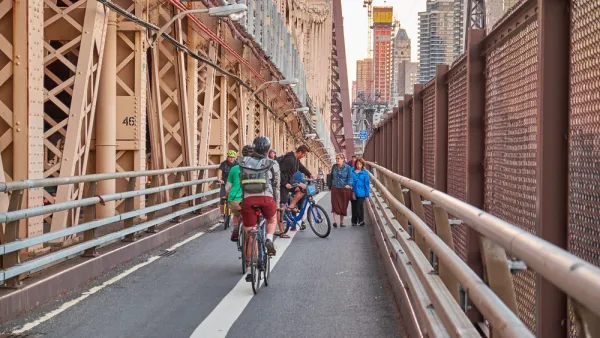To what degree are people's location decisions dictated by their consumer preferences? Jordan Weissmann of Slate Magazine discusses whether living in an expensive city like New York City is a consumption choice.
New York City is one of the most expensive cities in the United States. Affluent families living in the city sometimes consider themselves middle class due to the high cost of living. However, using Census Bureau data, Weissmann found that the overall income distribution in New York City, “is surprisingly similar to that of the United States writ large. For instance, in the U.S., about 22 percent of households earn at least $100,000 in a year. Across the five boroughs, it’s 25 percent; nationwide, just 4.6 percent of households earn at least $200,000, while in NYC, 6.9 percent hit that mark.”
According to Weissmann, some people argue, “that living in an expensive city like New York is a “consumption choice”—just like buying a fancy car or adding a pool into your backyard... [However,] people are drawn to cities that offer career opportunities and are tied to them by personal relationships that they can’t just pick up and move if they want a cheaper home... That said, choosing an especially expensive neighborhood in the city you call home is mostly a consumption decision. You might think that living within walking distance of a pretty park or a yoga studio is essential to your mental health, but in the end those are amenities, and enjoying them, along with all the other benefits of living in New York City, is a luxury.”
Indeed, neighborhood choice as a consumption decision is illuminated when Weissmann charts the income distributions of the five unique boroughs of New York City. Manhattan has a high skew of 17 percent of residents earning $200,000 or more annually, compared with only 4.6 percent nationwide, while the park-poor Bronx neighborhood only has 1.4 percent of residents earning such high salaries.
FULL STORY: Is Living in an Expensive City a “Consumption Choice,” Just Like Buying a Fancy Car?

Analysis: Cybertruck Fatality Rate Far Exceeds That of Ford Pinto
The Tesla Cybertruck was recalled seven times last year.

National Parks Layoffs Will Cause Communities to Lose Billions
Thousands of essential park workers were laid off this week, just before the busy spring break season.

Retro-silient?: America’s First “Eco-burb,” The Woodlands Turns 50
A master-planned community north of Houston offers lessons on green infrastructure and resilient design, but falls short of its founder’s lofty affordability and walkability goals.

Test News Post 1
This is a summary

Analysis: Cybertruck Fatality Rate Far Exceeds That of Ford Pinto
The Tesla Cybertruck was recalled seven times last year.

Test News Headline 46
Test for the image on the front page.
Urban Design for Planners 1: Software Tools
This six-course series explores essential urban design concepts using open source software and equips planners with the tools they need to participate fully in the urban design process.
Planning for Universal Design
Learn the tools for implementing Universal Design in planning regulations.
EMC Planning Group, Inc.
Planetizen
Planetizen
Mpact (formerly Rail~Volution)
Great Falls Development Authority, Inc.
HUDs Office of Policy Development and Research
NYU Wagner Graduate School of Public Service




























